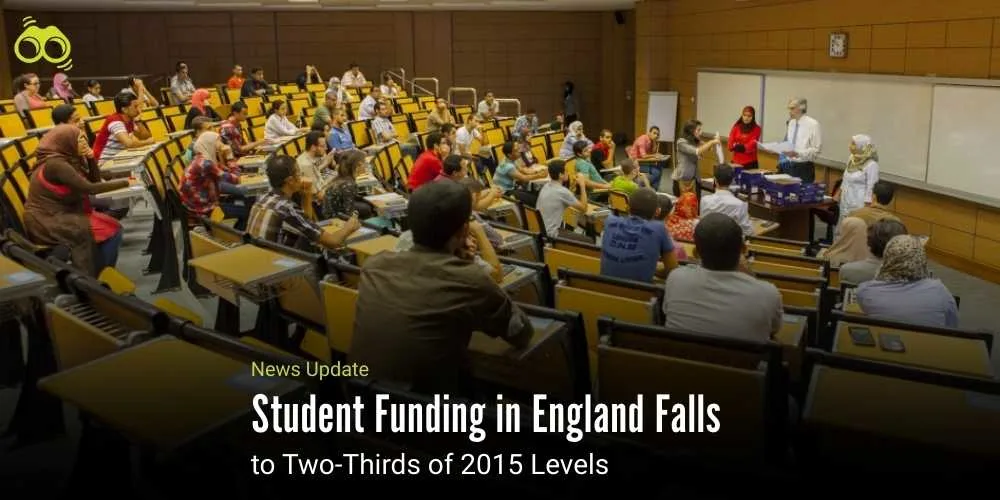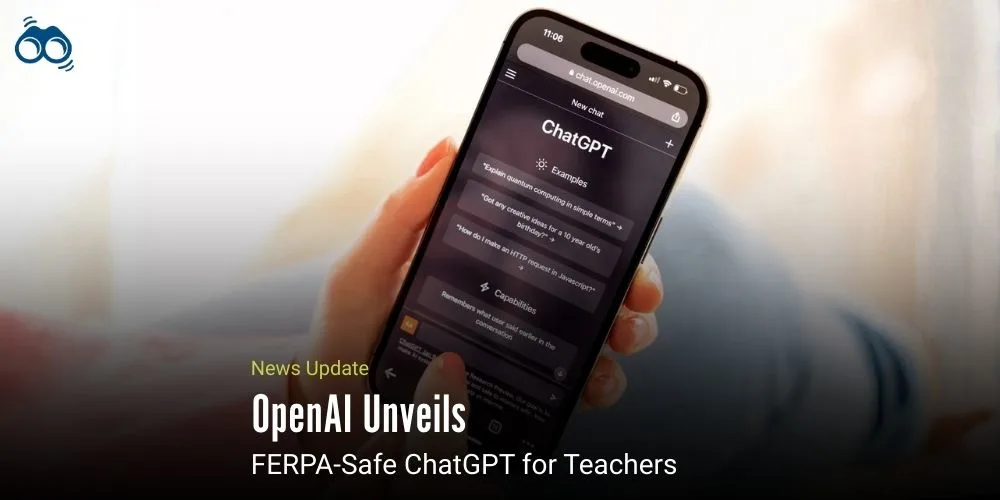NASEM’s Seven Principles for Equitable STEM Teaching Focus of High-Level Gathering
Howard University Event Highlights Call for Systemic Changes in STEM Education
On January 24, Howard University hosted a gathering of senior higher education leaders to discuss recommendations from a NASEM report aimed at transforming STEM teaching in U.S. universities. Organized by UERU, the event focused on implementing strategies from the report, "Equitable and Effective Teaching in Undergraduate STEM Education," which provides a framework for improving teaching practices across institutions.
During the event, Howard University President Ben Vinson III delivered the opening remarks and facilitated a panel discussion, stressing the importance of equity-focused approaches in undergraduate education. He highlighted that undergraduate education should mirror the evolving world students will enter, one defined by dynamic, transformative trends. Vinson pointed out that we are in a time of rapid technological change, and the future of humanity depends on our ability to bridge differences and character.
The NASEM recommendations, developed over 20 months with input from various stakeholders, outlined seven principles for equitable and effective teaching. Presenters at the event included Archie L. Holmes Jr., executive vice chancellor for academic affairs at The University of Texas System, and Kerry Brenner, senior program officer at NASEM.
The seven principles are:
1. Students should actively engage in learning to immerse themselves in their field.
2. Leveraging students' diverse interests, goals, and experiences makes learning more relevant and personalized.
3. STEM learning involves cognitive, affective, and social dimensions, with emotions and relationships influencing learning.
4. Identity and a sense of belonging are crucial for engagement and success in STEM.
5. Multiple forms of data should be used to inform continuous improvement in teaching practices and student outcomes.
6. Flexibility and responsiveness to situational and contextual factors are essential for supporting students' needs.
7. Intentionality and transparency in instructional design ensure equitable opportunities for all students.
Notable speakers included Emily R. Miller, deputy vice president for institutional policy at the Association of American Universities; Mary Wright, professor of education scholarship at the University of Sydney; and Corbin Campbell, senior associate dean and professor at American University. Former Howard University President Wayne A.I. Frederick emphasized the importance of community building in education, advocating for more collaborative approaches that integrate the humanities and other disciplines. He also stressed the need for a stronger commitment to getting critical technology right.
Holmes discussed the collaborative process behind the report, stressing the need for systemic changes to support effective teaching and defining equity as ensuring all students receive the necessary support to succeed. Brenner provided an overview, highlighting the report's focus on addressing historical inequities and offering actionable recommendations, emphasizing that teaching requires a collective effort from faculty, graduate students, and institutional leaders.
The NASEM report includes key recommendations aimed at creating equitable learning environments, supporting instructors, and leveraging data to monitor and advance systemic change. Both Holmes and Brenner stressed the importance of professional development for faculty, the use of evidence-based teaching practices, and the role of institutional leaders in fostering a culture of continuous improvement. The recommendations emphasize aligning curricula and materials with the seven principles, supporting instructor development, recognizing best teaching practices, and incorporating these principles into hiring and evaluation processes. It also advocates for using data to drive systemic change.NASEM’s recommendations align with the Boyer 2030 Commission Report by UERU, which urges research universities to address the "equity/excellence imperative" across undergraduate education. Since its publication, the report has served as a blueprint for action, with over 30,000 downloads to date.
Elias Gonzalez, a computer science lecturer at the University of Maryland, expressed optimism about the report's impact, highlighting the need for equitable teaching methods in the rapidly evolving field of computer science. Sponsored by the Raikes Foundation and the National Science Foundation, the event marked progress in promoting equitable STEM education at research universities. UERU will publish a summary of the proceedings, outlining key outcomes and next steps. This event highlighted important steps toward improving equity and effectiveness in STEM education.
Editor's Note:
The recent gathering at Howard University focused on advancing equitable and effective STEM education in U.S. universities, drawing attention to the need for systemic changes in teaching methods. The event underscored the importance of equity-focused approaches and highlighted actionable recommendations from the National Academies of Sciences, Engineering, and Medicine (NASEM) to improve teaching practices across disciplines.
Skoobuzz hopes that this event will bring the necessary changes in STEM education and contribute to making these approaches more inclusive and effective.














0 Comments (Please Login To Continue)